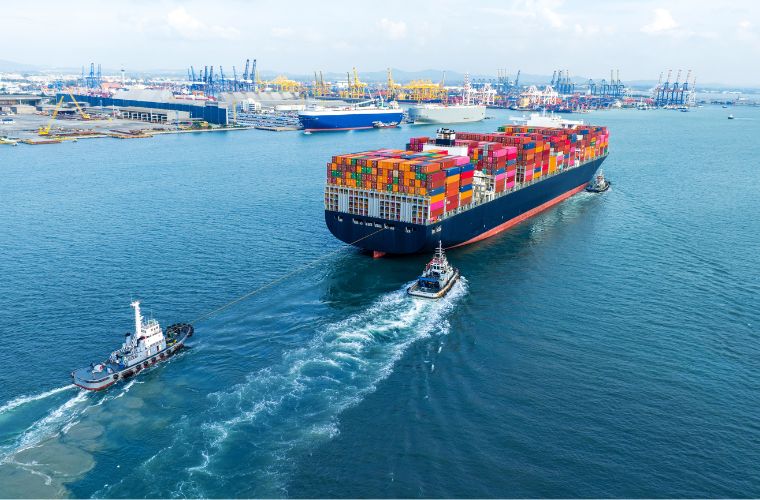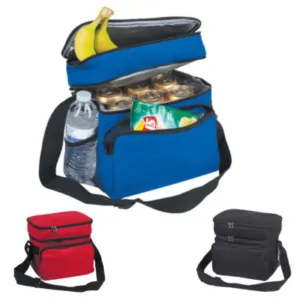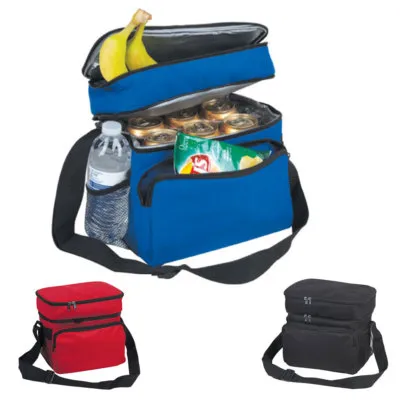What Impact Do Global Shipping Rates Have on Bag Procurement?

Shipping prices have skyrocketed. Bag buyers feel squeezed. Profits shrink and delays grow. The whole supply chain suffers.
Rising global freight costs1 affect bag procurement by increasing expenses, causing delays, and making budget forecasts harder for importers and suppliers.
Costs keep changing. Buyers must adapt or risk losing their edge in a competitive market.
What affects shipping freight rates?
Many buyers don't realize how much global freight prices vary. These prices don’t move randomly—they respond to many key factors.
Freight rates depend on fuel prices, cargo volume, route demand, ship availability, and port efficiency.

Shipping prices are not fixed. They're shaped by a mix of market demand and external events.
Fuel Prices
Fuel costs make up a large part of freight expenses. When oil prices rise, carriers charge more to cover the extra cost. Buyers must track fuel trends to predict rate shifts.
| Factor | Impact Level | Notes |
|---|---|---|
| Oil Prices | High | Direct link to surcharge fees |
| Fuel Surcharges | Common | Often added to base rates |
Cargo Volume
High shipping demand, especially during peak seasons, pushes rates up. When many businesses compete for space, carriers raise prices.
Port Congestion
Delays at ports cause higher costs. Ships wait longer. Buyers wait longer. Fees pile up for demurrage and extra handling.
Ship Availability
Fewer ships or containers mean higher prices. When availability is low, buyers pay more to secure space.
Why are international shipping rates2 so high?
After 2020, shipping costs jumped worldwide. The pandemic disrupted everything—from factories to ports.
Global rates rose due to supply chain disruptions3, port delays, labor shortages, and container imbalances.

Costs didn't just rise—they became harder to predict. Importers like me had to scramble.
COVID-19 Impact
COVID slowed production and caused port shutdowns. When demand bounced back, there weren’t enough containers or ships.
| Year | Global Rate Change (%) | Key Cause |
|---|---|---|
| 2020 | +20% | COVID lockdowns |
| 2021 | +200% | Demand-supply imbalance |
Container Shortage
Containers piled up in places they weren’t needed. China had too few; the US had too many. The result? Scarcity drove up prices.
Labor Issues
Strikes, illness, and labor shortages slowed down loading and unloading. These delays added to the backlog.
Why are shipping rates2 increasing?
Buyers ask me all the time—why do rates keep going up, even when the pandemic is over?
Rates continue to rise due to rising demand, port disruptions, fuel inflation, and seasonal volume spikes.
Even after the worst of the pandemic, rates didn’t go back to normal. Other issues replaced COVID.
High Demand
Consumer demand is back. More goods are moving. But the shipping system hasn’t fully recovered.
| Factor | Rate Effect | Comment |
|---|---|---|
| E-commerce boom | Strong | Drives demand year-round |
| Holiday season | Peak spikes | Higher rates for space |
Port Delays
Events like the Suez Canal blockage and Red Sea tensions cause re-routing. These longer routes mean more fuel and time, raising costs.
War and Instability
War in Ukraine and Middle East unrest force ships to avoid danger zones. These shifts hurt efficiency and add to prices.
Why are ocean freight rates so high?
Ocean shipping should be cheaper than air—but it’s not always that way anymore.
Ocean freight rates are high due to limited ship capacity, trade route disruptions, fuel price hikes, and environmental regulations.
Ocean freight was once the affordable option. But things changed quickly after 2021.
Limited Ship Supply
Shipyards couldn’t build vessels fast enough to meet post-COVID demand. This limited space pushed rates higher.
Longer Routes
Red Sea threats and other political issues force carriers to reroute via the Cape of Good Hope. This adds 10-14 days of travel.
| Route | Average Extra Cost | Added Days |
|---|---|---|
| Asia-Europe (via Cape) | $1,000+ | 10-14 |
| Asia-USA (West Coast) | $800+ | 5-7 |
New Green Rules
New IMO (International Maritime Organization) rules limit ship speeds and emissions. This reduces shipping capacity and efficiency.
Conclusion
Shipping costs shape bag procurement. Rates rise, delays follow, and buyers must act fast to stay ahead.
-
Understanding global freight costs is crucial for making informed procurement decisions and staying competitive in the market. ↩
-
Exploring the reasons behind high shipping rates can help businesses strategize and adapt to ongoing challenges in logistics. ↩ ↩
-
Learning about supply chain disruptions can provide insights into improving procurement strategies and mitigating risks. ↩









